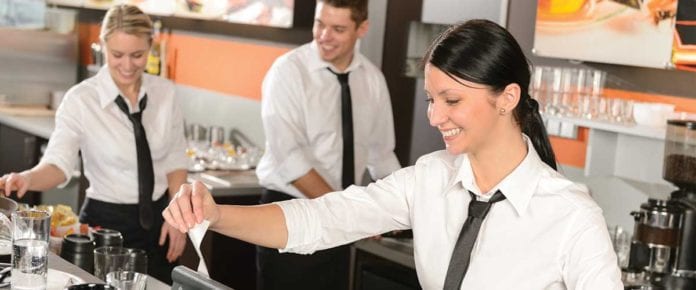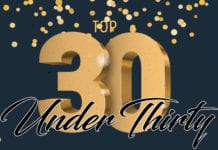In March 2015 I responded to an article in The Globe and Mail (Chain Reaction – Life & Arts, March 11; Turning Tables – Report on Business) by writing a letter to the editor (published March 12, 2015) and ever since I have not had a good night’s rest. The ‘Turning Tables’ article spoke of restaurants defending the practice of not taking reservations as they felt this model of operating maximized revenue. My rebuttal letter firmly stated that customers who had the opportunity to make reservations at restaurants spend more than the walk-in customers and took a “work-smart-not-hard” stance. As a former chef/owner of a fine-dining restaurant, current professor of tourism and PhD candidate researching gastronomic experiences, I felt I had some credence making this call of-the-cuff. But a question nagged me — was I right? Was someone going to call me out on this speculative theory?
As a researcher, it’s a no-no to make blanket statements without proof, so I was left wondering who I could cite to back me up. I assumed there must be an academic paper on the topic, but it turned out there weren’t any. I reviewed the literature that existed regarding reservation practices and found plenty of information on understanding customers’ privacy-seeking tendencies, the role of technology, table management to reduce customer wait times, first-come policies and customer attitudes towards reservation policies; but nothing specifically on spending patterns between those who book and those who walk-in.
Having failed to find the needed citation, I became ever more curious and began to seek the opinions of fellow restaurant operators — asking if they were willing to take part in a research study. After promising confidentiality and future dinner bookings, I persuaded five restaurants — each categorized as upper-casual to fine-dining that accepted reservations and walk-ins — to take part in my research.
Data was collected by observing the average guest check spending on revenue from tables of two, three and four over the course of a three-week period. None of the participating restaurants subscribed to OpenTable — the online app that allows customers with a preset profile to book a table in three clicks. OpenTable is very friendly to the consumer but there is a cost to the restaurant for every guest booked using the app. The sample restaurants also did not allow restaurant reservation services such as Killer Rezzy — an online service that secures special tables at hot restaurants when it isn’t possible using the normal channels. Telephone and email were the only tools used to book at these establishments.
The study had a total 1,408 guests, which translated into 491 average-guest-check entries for both reservation and walk-in customers. To my surprise, my first calculation suggested the average check size for reservation customers was higher, ranging from $4.40 to $18.65 over those of walk-in customers — a good sign. To confirm the findings for each restaurant, the data needed to be processed using quantitative software, specifically an independent t-test that verified there was a statistical significance. After many hours of analysis, the findings confirmed three of the five restaurants presented a statistically significant difference that favours the reservation customer.
Findings in hand, I can safely argue that the majority of customers who book ahead spend more per person in restaurants than those who walk in. So, for all of those restaurant operators who make customers stand at the bar, outside in the cold, or at a bar across the street, perhaps it’s time to treat them with respect. They will visit your restaurant and spend more when they can book ahead. Work smart, not hard. And now I can sleep.
Bill Gregorash PhD. (Candidate)
Program Manager/Professor, Confederation College
PhD. Candidate, University of Leicester, UK
This article was written from the content in the research paper titled “Restaurant Revenue Management: Apply Reservation Management?” and was presented by Bill Gregorash at the Second Global Tourism & Hospitality Conference, Hong Kong Polytechnic University, Hotel Icon in May 2016.
The full paper was submitted for journal publication and is available upon request.





















